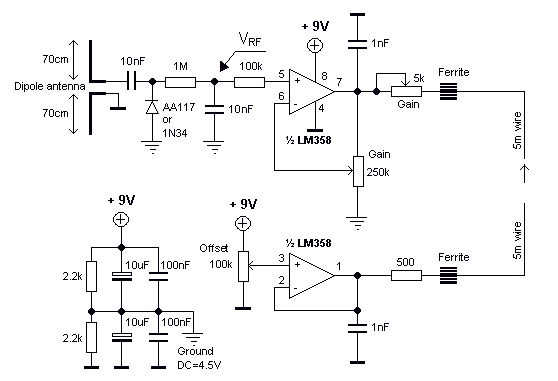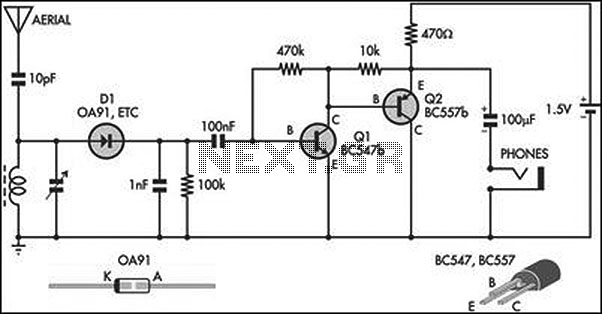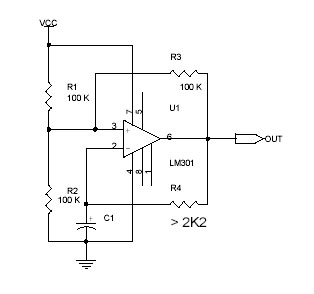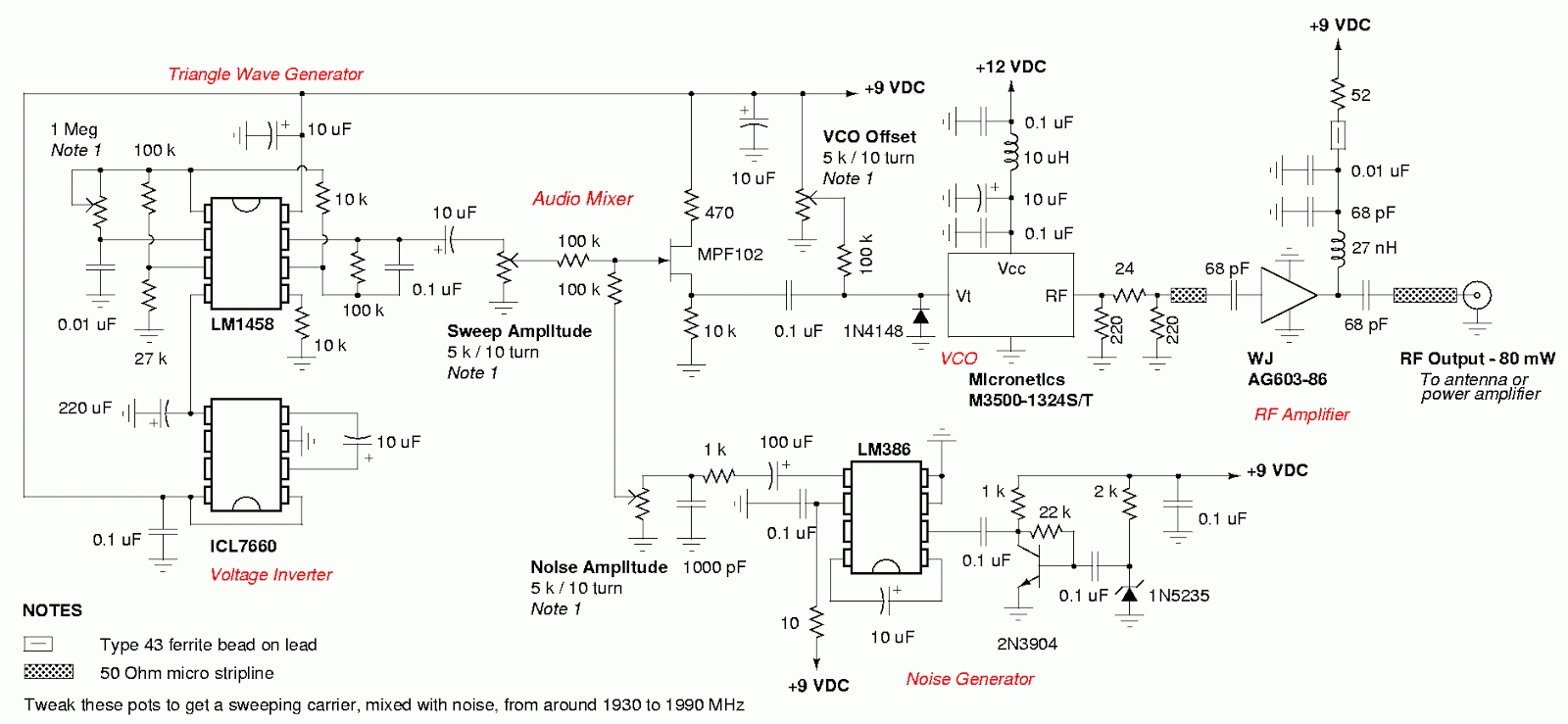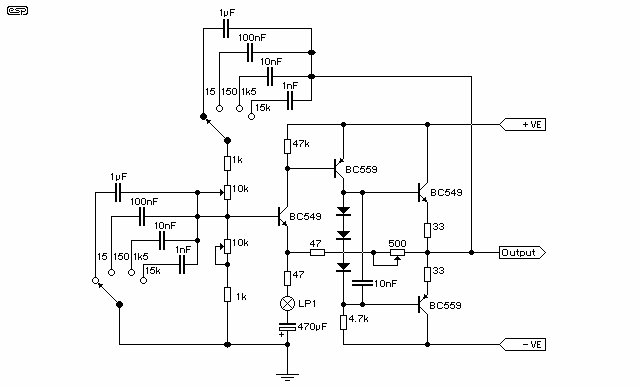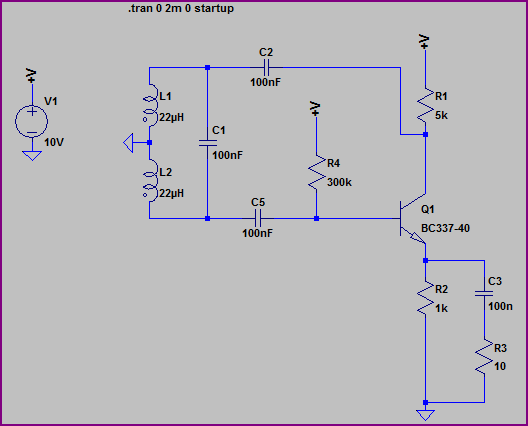
Simple Wlen-Bridge Oscillator
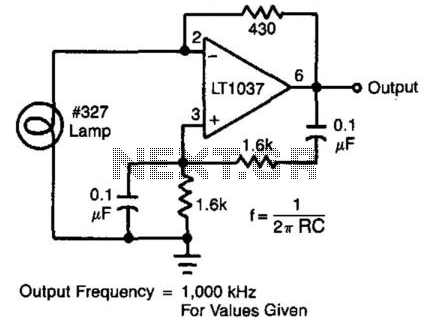
In this circuit, the Wien bridge network provides phase shift, and the lamp regulates the amplitude of the oscillations. The smooth, limiting nature of the lamp's operation, in combination with its simplicity, yields good results. Harmonic distortion is below 0.3%.
The Wien bridge oscillator is a well-known electronic circuit used to generate sine waves. It utilizes a bridge circuit consisting of resistors and capacitors to achieve the necessary phase shift for oscillation. In this particular configuration, the Wien bridge network is responsible for providing a 90-degree phase shift, which is essential for sustained oscillation.
The amplitude of the oscillations is controlled by a lamp, which acts as a variable resistor. As the oscillations increase, the lamp heats up, causing its resistance to rise, which in turn reduces the amplitude of the output signal. This feedback mechanism stabilizes the oscillation amplitude, preventing distortion and ensuring a clean sine wave output. The simplicity of this design, combined with the inherent smoothing effect of the lamp, results in low harmonic distortion—measured at less than 0.3%.
Overall, the circuit is characterized by its effectiveness in producing high-quality sine wave signals, making it suitable for various applications in signal processing and testing. The use of a Wien bridge oscillator with a lamp provides a practical solution for amplitude stabilization while maintaining low distortion levels. In this circuit, the Wen-bridge network provides phase shift, and the lamp regulates the amplitude of the osc illations. The smooth, limiting nature of the lamp"s operation, in combination with its simplicity, gives good results. Harmonic distortion is below 0.3%.
The Wien bridge oscillator is a well-known electronic circuit used to generate sine waves. It utilizes a bridge circuit consisting of resistors and capacitors to achieve the necessary phase shift for oscillation. In this particular configuration, the Wien bridge network is responsible for providing a 90-degree phase shift, which is essential for sustained oscillation.
The amplitude of the oscillations is controlled by a lamp, which acts as a variable resistor. As the oscillations increase, the lamp heats up, causing its resistance to rise, which in turn reduces the amplitude of the output signal. This feedback mechanism stabilizes the oscillation amplitude, preventing distortion and ensuring a clean sine wave output. The simplicity of this design, combined with the inherent smoothing effect of the lamp, results in low harmonic distortion—measured at less than 0.3%.
Overall, the circuit is characterized by its effectiveness in producing high-quality sine wave signals, making it suitable for various applications in signal processing and testing. The use of a Wien bridge oscillator with a lamp provides a practical solution for amplitude stabilization while maintaining low distortion levels. In this circuit, the Wen-bridge network provides phase shift, and the lamp regulates the amplitude of the osc illations. The smooth, limiting nature of the lamp"s operation, in combination with its simplicity, gives good results. Harmonic distortion is below 0.3%.
